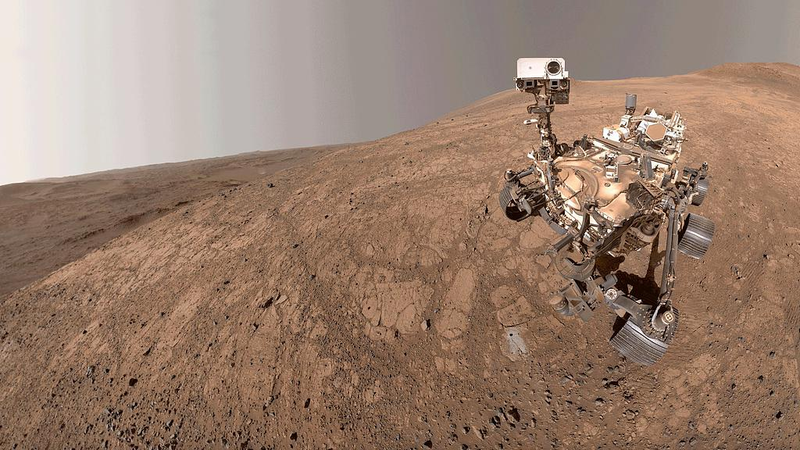
Scientists Spot ‘Micro-Lightning’ in Martian Skies for First Time
Scientists have detected micro-lightning in the Martian atmosphere for the first time, offering fresh insights into the Red Planet’s weather.
My Global News: Voices of a New Era
🌍 Stay Ahead, Stay Global 🚀

Scientists have detected micro-lightning in the Martian atmosphere for the first time, offering fresh insights into the Red Planet’s weather.
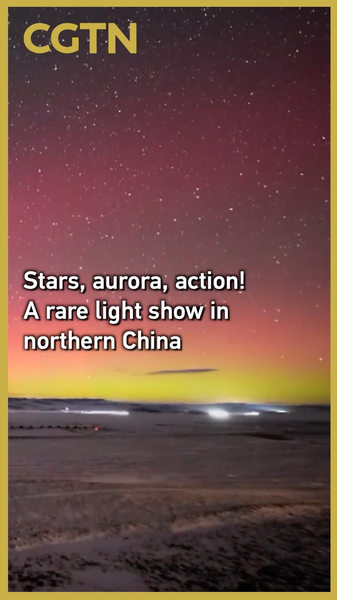
A powerful geomagnetic storm on 12 November 2025 sparked stunning auroras over the northern Chinese mainland, with Kp reaching 9 and lights dancing across the sky.
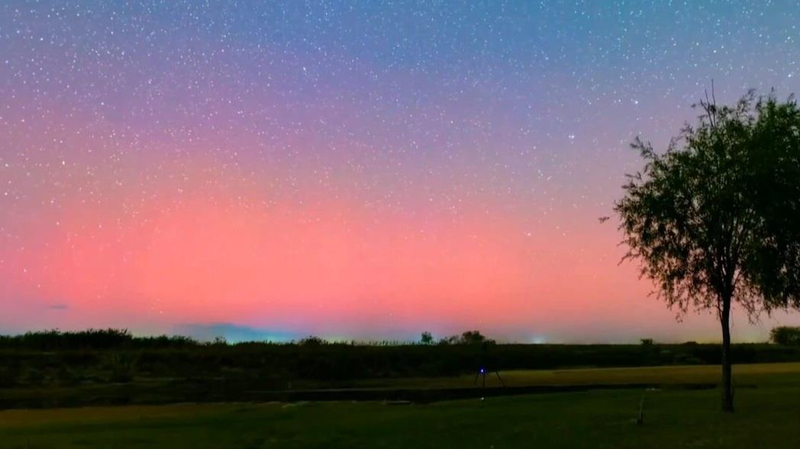
Stunning auroras lit up Jiamusi after a 12-hour minor geomagnetic storm and a 3-hour strong event, driven by high-speed solar wind and a possible stealth CME.
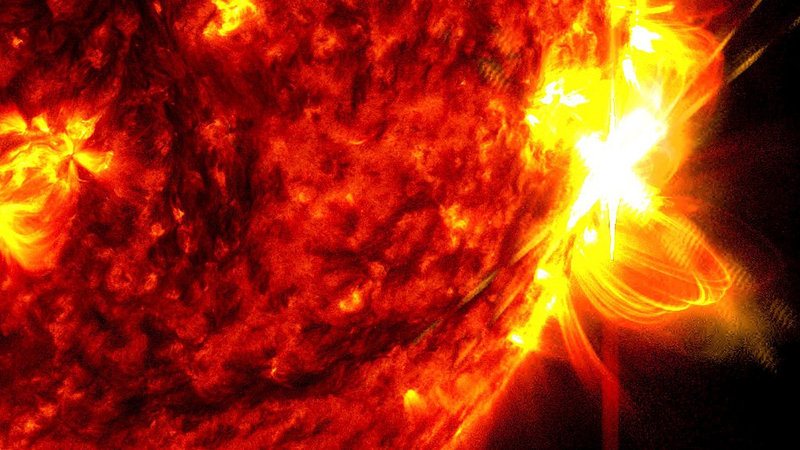
NASA researchers report an unexpected reversal in declining solar activity, signaling a rise in solar storms and implications for technology and space missions.

China unveiled FengYu, the world’s first full-chain AI model for forecasting space weather, boosting resilience of satellite communications, navigation and infrastructure against solar storms.
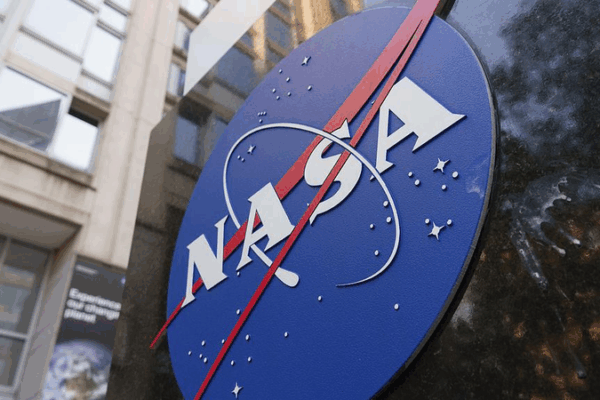
NASA’s TRACERS mission uses twin satellites to unravel solar wind-triggered magnetic reconnection in Earth’s magnetosphere.
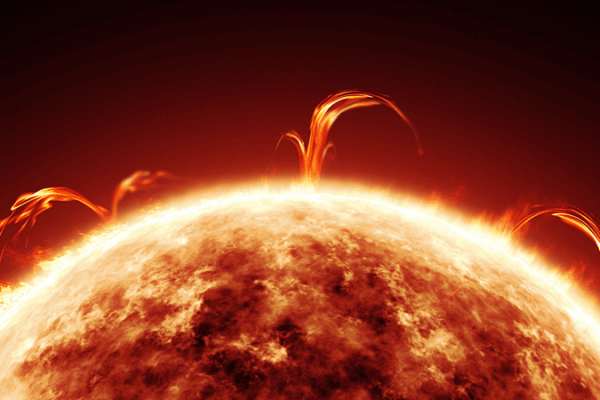
New research shows solar flares can trigger rapid weather changes on Earth and exoplanets, with shifts appearing within days. Insights could reshape climate and habitability studies.
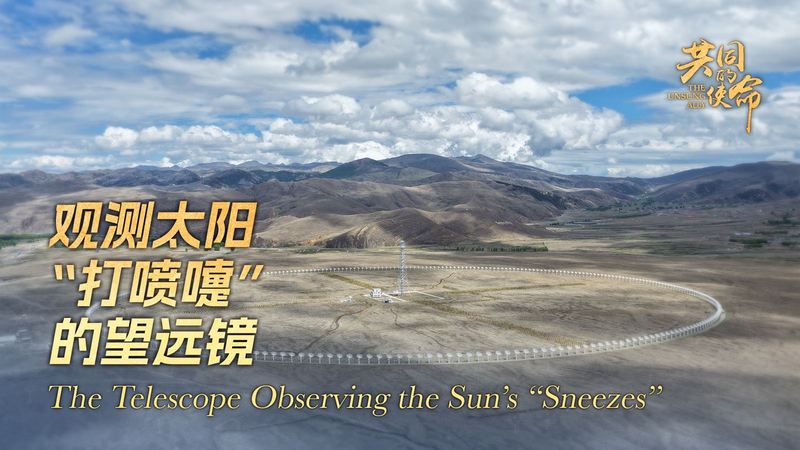
At 3,800m in Southwest China, the 1km-wide ring of 313 antennas at the Daocheng Solar Radio Telescope monitors the sun’s eruptions to safeguard satellites and space projects.
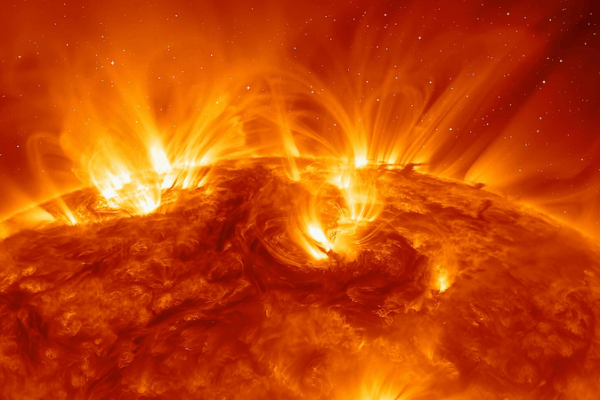
A moderate M8.1 solar flare on May 31 could trigger three days of geomagnetic storms and vivid auroras, but experts confirm there is no threat to human health.

The CMA launched FengYun Space, an integrated system to boost space weather monitoring and early warning, unveiled at 2025 China Space Day in Shanghai.